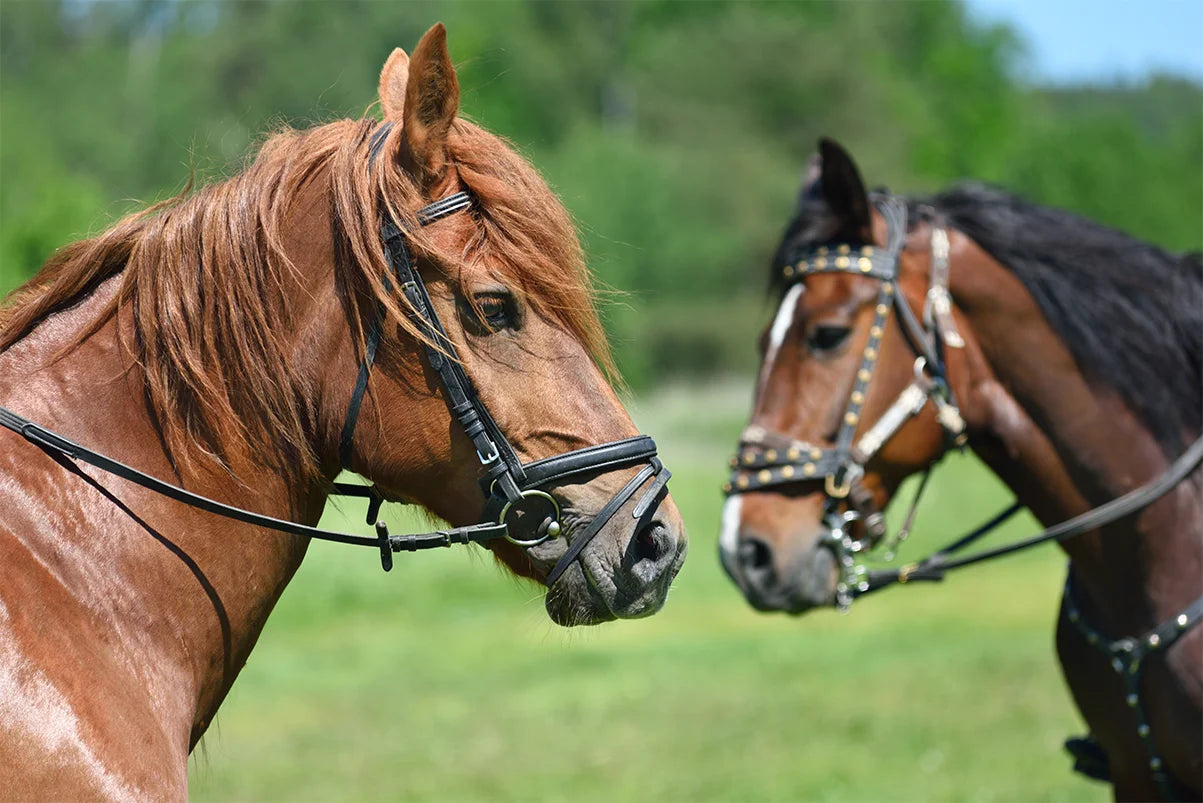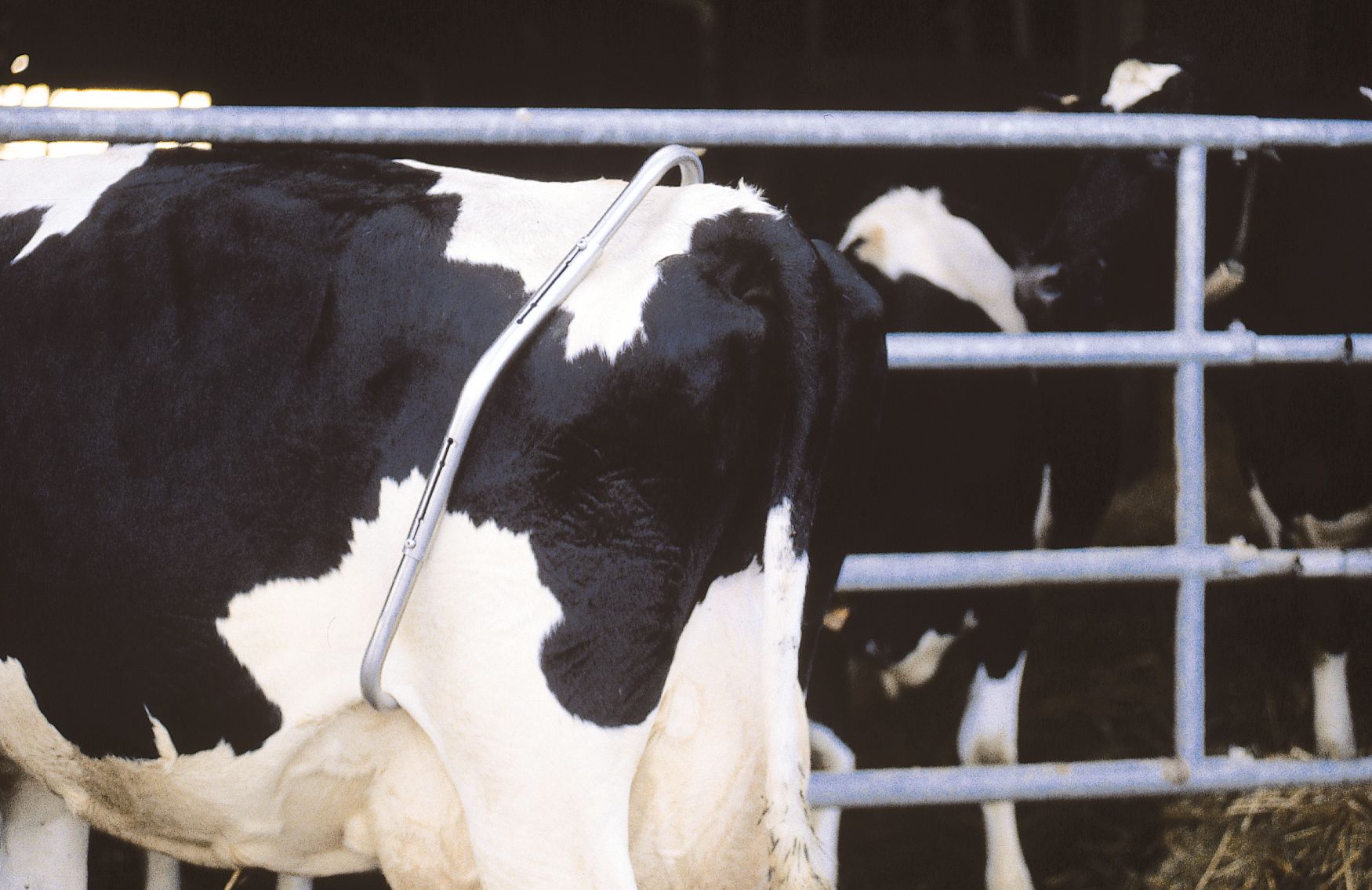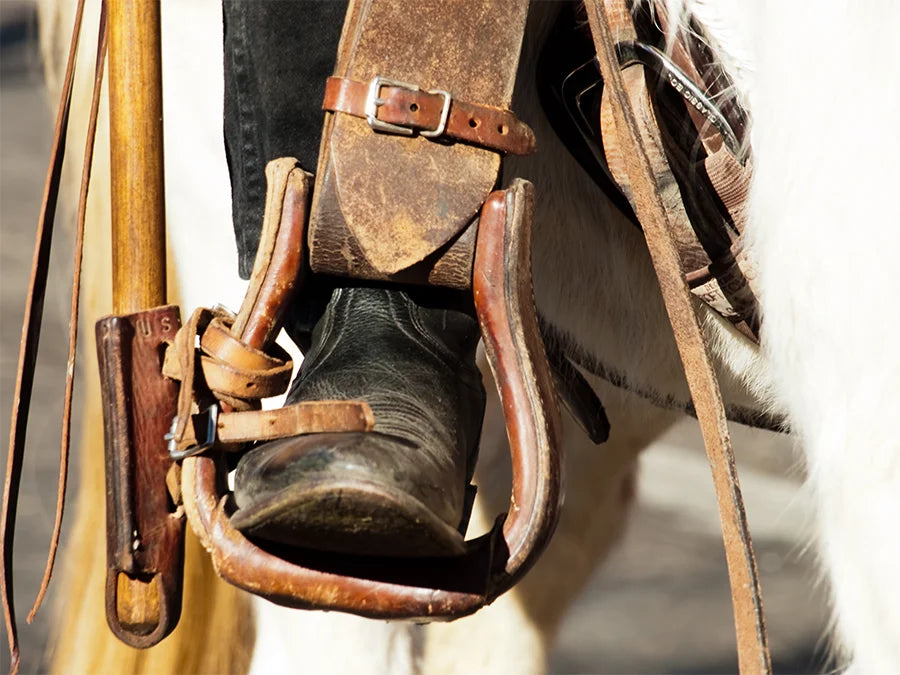
Understanding Horse Bits: An Essential Guide for Equestrians
Table of Contents
Horse riding is not merely about climbing onto the saddle and steering the horse. It's about effective communication, understanding, and mutual respect between the rider and the horse. And guess what? Communication with your horse is possible through a special language. One of the critical components of this communication is the horse bit. The right horse bit can significantly enhance the quality of the interaction between horse and rider, improving the riding experience and ensuring the horse's comfort.
The Basics: What are Horse Bits?
Horse bits are essential pieces of horse riding equipment. These metal or synthetic bars fit into a horse's mouth, helping the rider communicate their commands. They work by applying pressure on the horse's mouth and encouraging the horse to respond to the rider's cues. However, different bits exert different types of pressure and act on different parts of the horse's mouth.
The kind of bit you choose can impact your horse's behavior and responsiveness. So, understanding the different types of bits and their specific purposes is crucial to effective communication.
The 4 Main Types of Horse Bits
There are plenty of types of horse bits, but the most common are snaffle bits, curb bits, and gag bits. Each of these bits has a unique design and serves a different purpose. Always choose the one that best suits your purpose.
Snaffle Bits - For Basic Training
Snaffle bits apply direct pressure and are used for basic training or on horses that respond well to rider cues. These bits work directly, without leverage, making them a simple yet effective tool for communication between rider and horse.
Curb Bits - For Advanced Training
Curb bits, on the other hand, use leverage and are typically used on horses that have advanced in their training. They have a shank that multiplies the pressure the rider applies, making it more potent. These are generally used with a chin strap.
Gag Bits - For Activities Such as Polo
Gag bits are designed to slide up and down on the bridle's cheek pieces and apply pressure on the horse's lips and bars. They are generally used for horses that are strong pullers or for activities that require a higher degree of control.
Pelham Bits - For Added Control
Pelham bits combine elements of the snaffle and curb bits, offering a versatile choice. These bits have a shank for leverage and a bit ring for direct pressure.
Because of this combination, Pelham bits are mainly used in disciplines where varying degrees of control are needed at different times. They are typically used with two sets of reins—one for the snaffle action and one for the curb action—or with "bit converters" that allow them to be used with a single rein.
For those seeking the best quality and variety, Craft Colt offers a wide range of horse bits, from the D-Ring Copper Wire Snaffle Stainless Steel Horse Bit to the Western Style Sweet Iron Stainless Steel Horse Bit, catering to different horses and riders' unique needs.
Bit Designs, Materials, and Shapes
Understanding the factors influencing a bit's effectiveness is crucial for every equestrian. The bit's design, material, and shape play a significant role in how the horse responds to the bit and how comfortable it feels in the horse's mouth.
Materials and Their Impact on Performance
When it comes to the bit's material, there are several options, each with its unique advantages.
Stainless Steel Bits
Stainless steel bits are popular due to their durability and low maintenance. They don't corrode or rust easily, making them long-lasting. Their neutral taste doesn't distract the horse, maintaining a focus on the rider's commands.
Copper Bits
Copper bits are known for their ability to encourage salivation. The warmth and taste of the copper stimulate the horse to produce more saliva, which can help keep the mouth moist and responsive. However, they require more careful maintenance as copper can tarnish over time.
Sweet Iron Bits
Sweet Iron bits, like some offered by Craft Colt, also encourage salivation and are favored for the pleasant taste they impart. Over time these bits may oxidize over time to produce a rust-like surface, further stimulating salivation.
The Role of Bit Shapes in Pressure Distribution
The bit's shape is another critical factor as it determines how the pressure is distributed in the horse's mouth.
Straight Bits
Straight bits, or Mullen-mouth bits, apply even pressure across the horse's mouth. They can be a good choice for horses that don't like the nutcracker action of jointed bits.
Single-Joint Bits
Like many snaffles, bits with a single joint create a nutcracker effect, applying pressure on the tongue and mouth bars. They also exert some pressure on the roof of the mouth when the rein aids are used.
Double-Joint Bits
Double-joint bits, such as the French link or lozenge snaffles, distribute the pressure more evenly across the tongue and lessen the pressure on the roof of the mouth. These bits are often considered gentler than their single-joint counterparts.
Complex Shapes
More complex shapes, like ported bits or those with rollers or keys, can offer varying degrees of tongue relief and can encourage the horse to play with the bit, promoting relaxation and salivation.
Understanding these differences can help you select the right bit material and shape for your horse, ensuring optimal comfort and communication during rides.
Remember, a well-fitted and well-chosen bit can significantly affect your horse's responsiveness and overall performance.
Best Way to Choose the Right Bit for Your Horse
Choosing the right bit for your horse isn't as simple as picking the first one you see. You must consider factors such as your horse's age, training level, and mouth sensitivity. For instance, younger or sensitive horses may require a gentler bit, while more trained horses may respond well to bits that apply more pressure.
Horse's Age and Training Level
The horse's age and training level significantly affect bit selection. For instance, younger, less experienced horses typically do better with softer, milder bits as they are still getting used to the feeling of a bit. As the horse gains experience and matures, you might consider transitioning to a bit that provides more precise control.
Horse's Breed and Anatomy
The horse's breed can also influence the choice of a bit since some breeds have specific characteristics or sensitivities. Moreover, the horse's mouth anatomy - the shape and size of the horse's mouth, tongue, and palate - should be considered, as these factors can impact how the bit fits and feels to the horse.
Rider's Skill and Experience
The rider's skill level and experience are also crucial. A more experienced rider may be able to handle a bit that provides more control. In contrast, novice riders might do better with a milder bit until they develop more refined control over their hand movements.
Discipline and Activity
The discipline or activity the horse is involved in can also dictate the type of bit to use. Dressage, show jumping, western riding, trail riding, and other equestrian activities may require different types of bits for optimum performance and safety.
Thick vs. Thin Bits
Bit thickness is another crucial aspect to consider when choosing a bit. Thicker bits distribute pressure over a larger area, making them generally softer. They can be more comfortable for some horses, especially those with sensitive mouths. On the other hand, thin bits can concentrate the pressure, making them feel sharper. These might suit more experienced horses or those who ignore the bit.
Trial and Error
Finally, finding the right bit can sometimes involve a bit of trial and error. Every horse is unique, and what works for one might not work for another. It's worth trying out a few different bits, observing your horse's reaction, and finding the one your horse seems the most comfortable with and responsive to. Remember, a happy, comfortable horse is more likely to perform well.
Bit Lifespan: How Long Should You Use a Bit?
Bits are not a one-time purchase. They undergo wear and tear and may need to be replaced periodically. A well-maintained bit can last for several years, but regularly checking it for signs of wear or damage is essential. Using a worn-out or damaged bit can hurt your horse and impair your communication with them.
Addressing Common Bit-Related Issues
Horse owners and riders often face several common issues related to using bits, such as horses leaning on the bit, running through the bit, or grinding the bit. Understanding how to prevent and address these issues is critical to ensuring a smooth and enjoyable ride.
How to Prevent Horses from Grinding the Bit
Grinding the bit is a common issue faced by many horse owners. This issue can often be prevented by ensuring the horse is comfortable, the bit fits appropriately, and the horse isn't stressed. Sometimes, switching to a different bit, like those offered by Craft Colt, can help solve this problem.
Bit vs. Hackamore
Both bits and hackamores can provide control over your horse, but they do so in different ways. While bits work by applying pressure inside the horse's mouth, hackamores apply pressure on the horse's nose and chin. Choosing between these options depends on your personal preference and your horse's comfort and response.
Best Bits for a Walking Horse
Certain horse breeds, such as the Tennessee Walking Horse, have unique gaits that set them apart. These horses are known for their smooth, four-beat running walk, a natural gait unique to this breed. Their unique gait and generally calm demeanor make them great trail and pleasure-riding companions.
However, their unique gait also means that the usual bits may not always suit them. Here are a few things to consider:
Prioritizing Comfort and Communication
Like all horses, walking horses need a bit that provides a clear line of communication between them and their rider. It should be comfortable and cause no pain. Many walking horse riders succeed with mild snaffle bits or curb bits, allowing clear communication without causing discomfort.
Snaffle Bits for Walking Horses
A snaffle bit can be a good choice for a walking horse, particularly for those in the early stages of training or those who respond well to mild pressure. The direct pressure applied by snaffle bits can be ideal for teaching a horse to respond to rein cues and can encourage a walking horse's natural, smooth gait.
Curb Bits for Walking Horses
A curb bit can also be an appropriate choice for a walking horse, especially for those who are further training or are used for show purposes. Curb bits apply leveraged pressure and can give the rider more control, which can help guide a walking horse through its unique gait.
When choosing a bit for a walking horse, it's crucial to consider the horse's training level, temperament, and individual preference. Some horses may prefer the feel of a snaffle, while others may respond better to a curb. It's always a good idea to consult with a knowledgeable trainer or other experienced individuals when selecting a bit for a walking horse.
Understand Your Horse's Needs and Make a Wise Choice
Understanding the unique needs of different breeds, Craft Colt offers a variety of bits that cater to walking horses. For instance, the D-Ring Sweet Iron Copper Spring Stainless Steel Horse Bit is popular among walking horse enthusiasts. Its design allows direct communication with the horse, making it suitable for training and showing purposes.
Always remember, the key to choosing the correct bit lies in understanding your horse's needs and making their comfort your priority.



